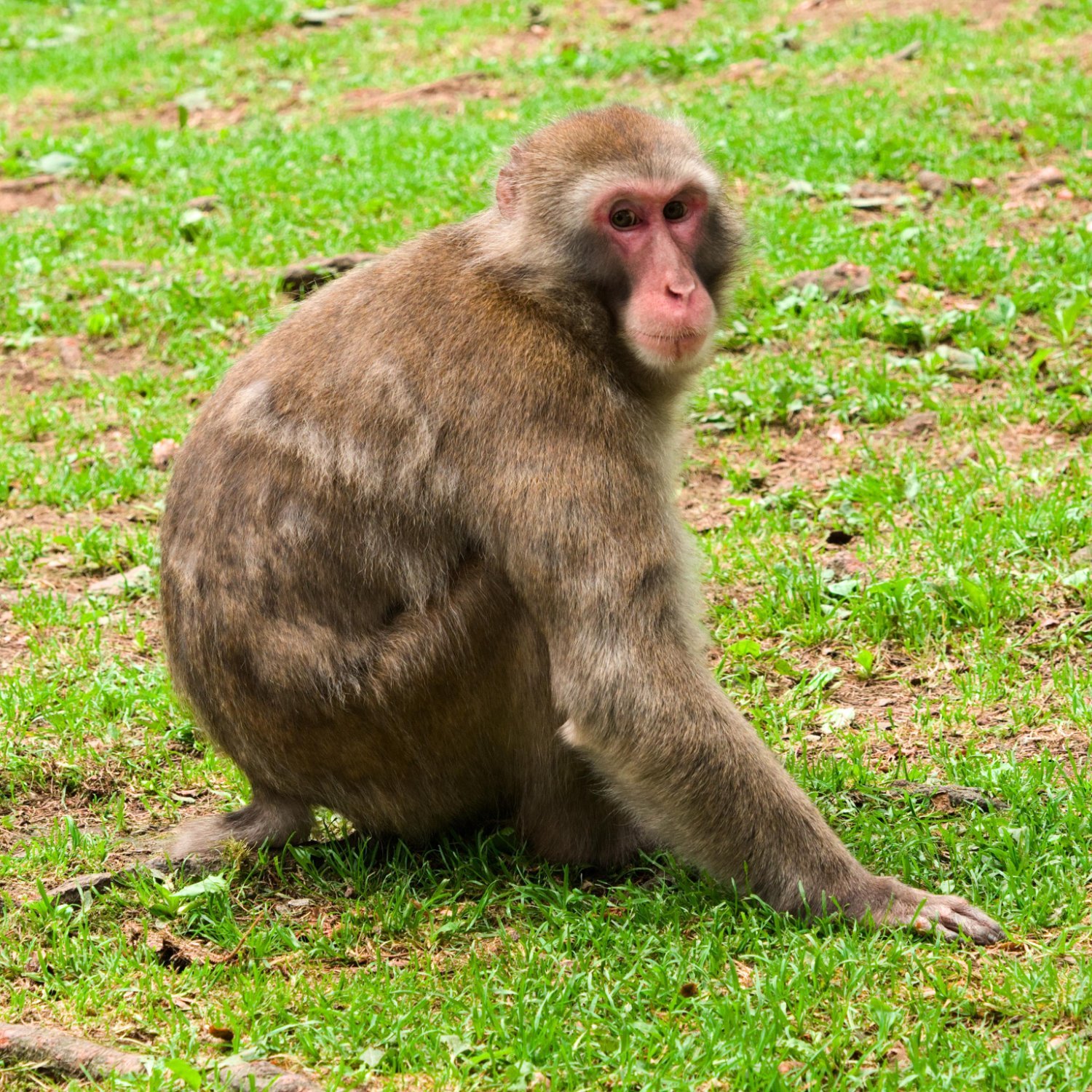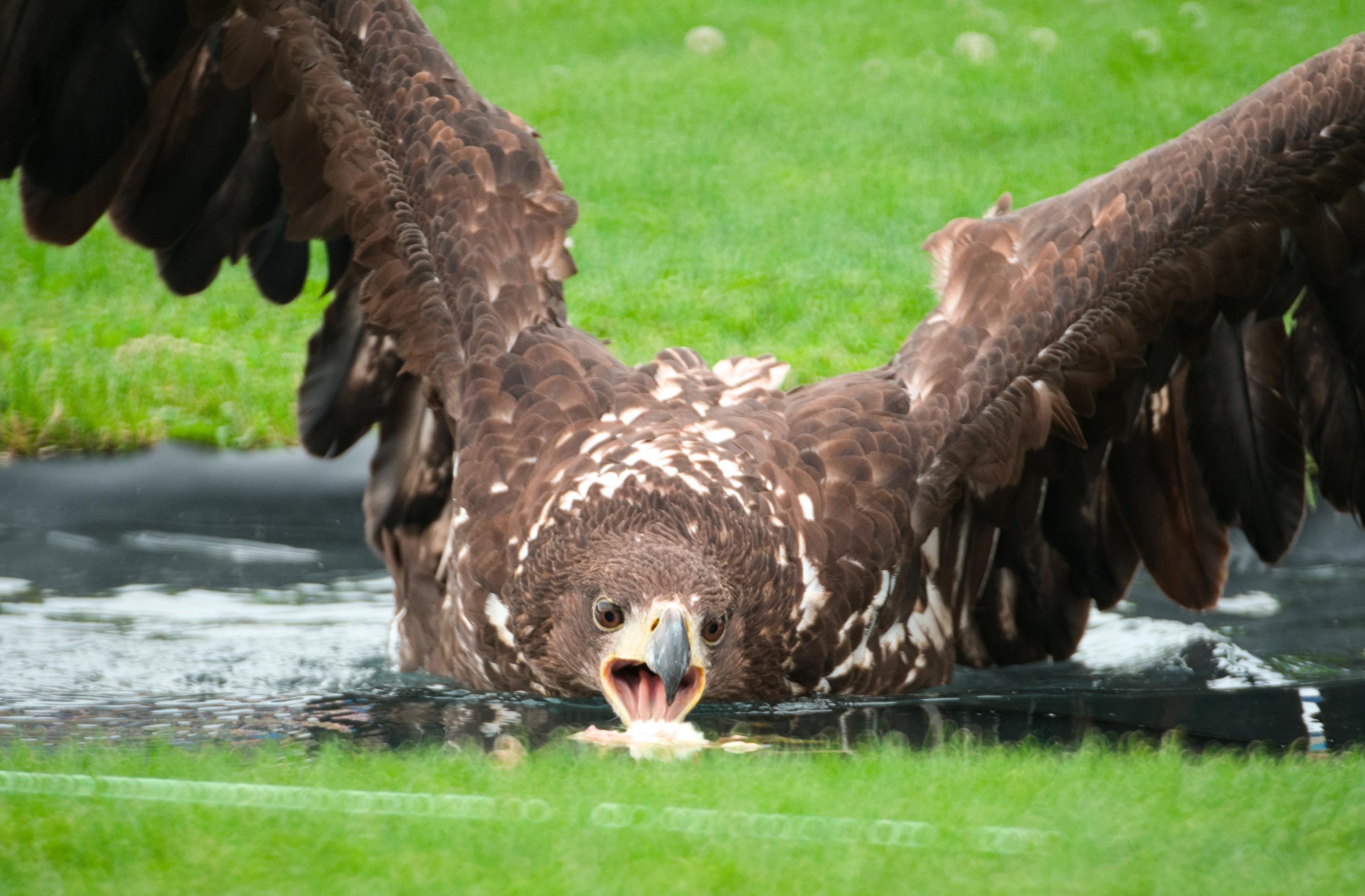Reminder! If your utopia relies on everyone giving up their power peacefully, it is bound to fail. :)
ZkhqrD5o
Look at what they did to JPEG XL. Google said they want to block the format, and Firefox said "Yes, daddy." Then they just threw in some good old safety/security nonsense, just like Google did.
In case you don't know, Google tried blocking JPEG XL because the guy who wrote the objectively inferior AVIF format, which abuses a video codec as an image codec, has his feelings hurt by a superior option and user choice.
[suh<500,19>mbah<250,26>diy<200,23>wah<400,23>nstow<200,21>dmiy<200,19>]
[thuh<200,19>wur<500,24>lldih<200,23>sguh<200,23>nah<200,21>rrow<200,21>miy<200,19>]
[ay<200,19>ey<200,26>ntthuh<200,23>sh<100,23>awrrpihs<200,21>tuh<200,21>llih<200,19>nthuh<200,19>sheh<500,16>eh<300,14>d]
[shiy<200,19>wah<200,19>slluh<200,26>kih<200,23>nkay<250,23>dah<200,21>fdah<200,21>m]
[wih<200,19>thhxrr<200,19>fih<400,24>ngrr<275,23>ae<200,23>nhxrr<200,21>thah<200,21>mb]
[ih<200,19>nthuh<200,19>shey<425,26>puh<200,23>fae<200,23>neh<400,21>llah<200,19>nhxrr<200,19>for<400,21>hxeh<400,16>d]
--
[weh<400,19>llthuh<75>yxiyrr<125>star<125>tkuh<75>mih<75>nae<75>ndey<75>dow<125>ntstao<125>pkuh<75>mih<75>n]
[feh<125,19>dtuw<75>thah<75>ruw<150>llsae<75>nday<75>hxih<75>thah<75>graw<125>ndrah<75,23>nih<75,19>n]
[dih<125,23>dntmey<150,26>kseh<150,24>nsnaa<125>tuw<125,23>llih<150,21>vfor<175>fuh<175>n]
[yx<25,14>orbrey<150,23>ngeh<150,19>tsmahrtrr<75>buh<100,16>tyx<25,14>orhxeh<150,19>dgeh<150>tsduh<150,14>mb]
[sow<75,23>muh<150,26>chtuw<75,23>duw<175,28>sow<75,23>muh<150,26>chtuw<75,23>siy<150,28>]
[sow<75,23>wuh<150,26>tswrao<175,24>nwih<125,23>thtey<75,21>kih<150>nthah<75,19>bae<125,21>kstriy<125,19>ts]
[yx<25,14>uwllneh<75,19>vernow<175>ih<75>fyxuw<75>dow<150>ntgow<150>]
[yx<25,14>uwllneh<75,23>vershay<175,19>nih<75>fyxuw<75,16>dow<150>ntgllow<200>]
--
[hxey<150,23>naw<300,19>_<100>yx<100>rae<100,16>nao<150,19>llstar<300>_<100>]
[geh<50,19>tyx<50,16>rgey<150,19>mao<150>n<300>_<100>gow<400>plley<450,23>]
[hxey<150,23>naw<300,19>_<100>yx<100>rey<100,16>raa<150,19>kstar<300>_<100>]
[geh<50,19>thaa<50,16>show<150,19>ao<150>n<300>_<100>geh<400>tpey<450,23>d]
[ae<150,19>nao<400,23>tae<400,26>tgllih<150,24>trr<150,23>sih<150,21>sgow<225>ow<450,19>d]
[ow<150,19>nlliy<150>shuw<150,21>tih<150,19>nstaa<150,23>ar<450,21>sbrey<150>kthaa<300,19>mow<250,21>ow<250,23>ow<450,16>lld]
"There is nothing more American than shooting a man in this Walmart of a world."
If you and a friend shared the same car, you stole a car from the manufacturer. /s
Steal their look:

Genuine question, is the sequel any good?
🇮🇱? /s
That name was given to me by my mother. Sadly she died before I was born. :(
"But what if I maybe need this one function in this one programme in the next 35 years?"
Technically, the LLM is right.




Creationism be like: